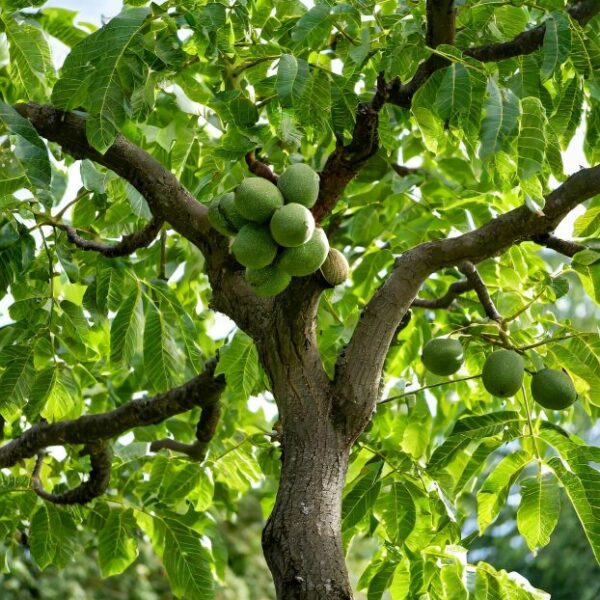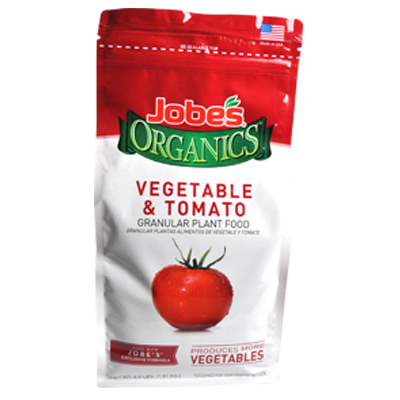
Tomatoes are one of the most popular home-grown foods—
and with good reason!
While also being relatively easy to grow, home-grown tomatoes can put their store-bought counterparts to shame.
Here are some helpful tips for growing tomatoes.
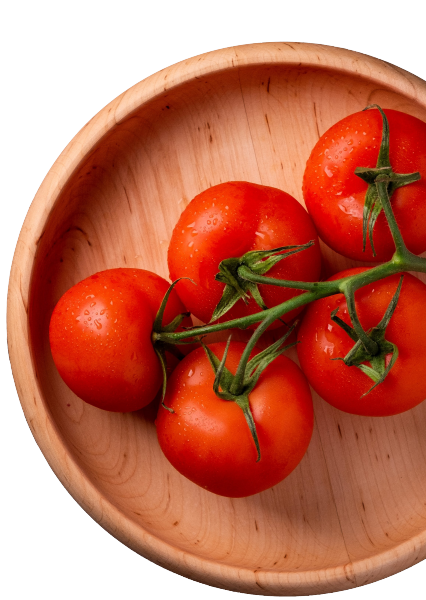
Caring for Your Tomatoes
Tomato Growing Habits
Different varieties of tomato plants grow in different ways. There are three main growing habits:
Determinate Tomatoes
Produces one large crop, then ceases production. Be sure to plant multiple varieties to extend harvest season.
Indeterminate Tomatoes
Produces tomatoes until frost, once production begins.
Semi-Determinate Tomatoes
More compact then indeterminate, but still produces for most on the season.
Fertilizing
Tomatoes prefer a slow-release, low-nitrogen fertilizer. Fertilizers will have the ratio of nutrients somewhere on the package, the three numbers indicating the ratio of nitrogen, to phosphorus, to potassium. For tomatoes, the first number in the analysis, nitrogen, should be lower than the next two (such as 5-10-10, or 10-30-20). If there are any doubts, follow the instructions on the package.
Tomato plants will need to be fertilized:
- When planting
- At first fruit
- Two weeks after first harvest
- One month after the post-harvest fertilizing
Watering
Tomato plants need 1-2” of deep watering per week (except in instances of high heat, in which they’ll need more).
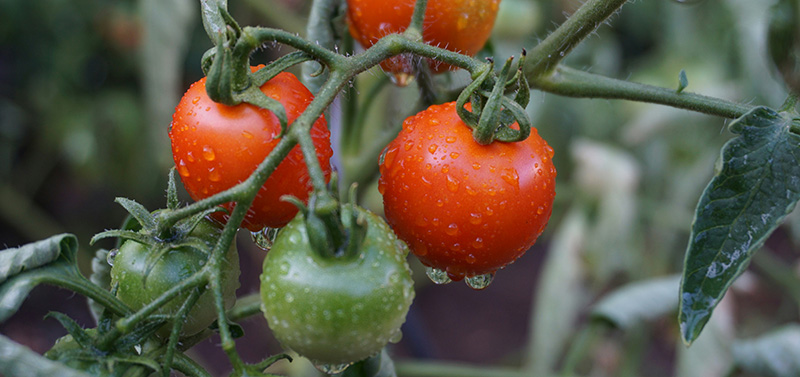
Slow, soaking irrigation is the preferred way to water, although aiming a watering can or hose directly at the base of the plant is a good alternative. Avoid overhead sprinklers or lawn sprinklers—these will wet leaves and may cause damage or disease, while missing out on the deep watering needed for the fruit to grow.
So, in summary:
- Deeply water every week
- Water at the root
- Set up drip irrigation at the base for best efficiency
- Avoid overhead watering to keep disease and pests at bay
- Cover soil with mulch to keep area moist against the summer heat.
- Keeping the ground moist will help prevent fruit cracking.
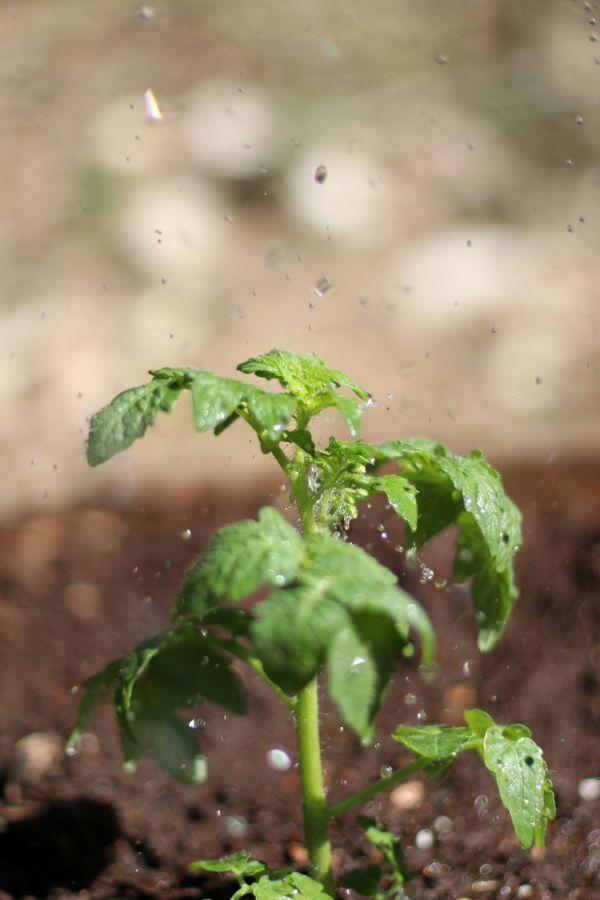
Pruning

Of the three growing habits, indeterminate tomatoes usually need the most attention.
Regardless of which habit your tomato falls into, always remove any parts that are becoming yellow, pale, or downright crispy brown. This will increase airflow around your tomato plant, which will reduce the chance of disease (such as mold or fungus).
Remove side shoots to encourage vining habit, or top them to prevent them from getting too tall and gangly.
Harvesting
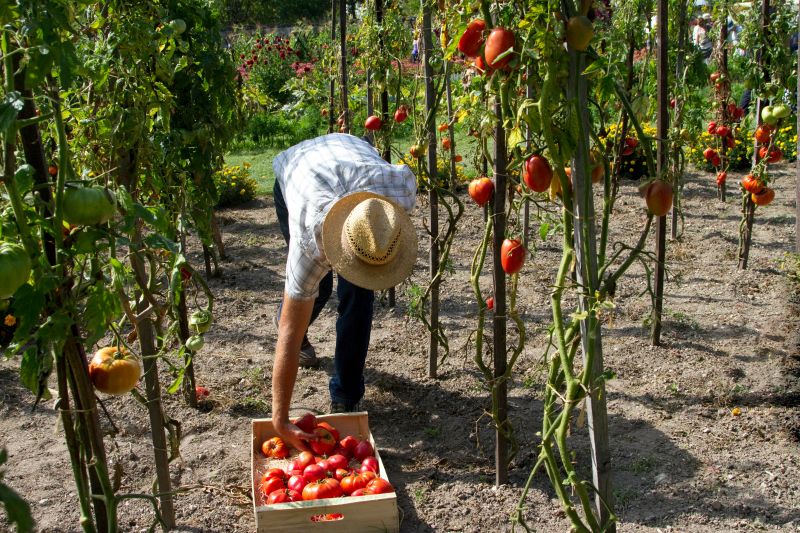
The best flavor comes from tomatoes left to ripen on the vine. Harvest when color changes, but before the fruit begins to soften. Do not refrigerate! Cold will kick off the decomposition process.
Green fruit may be harvested in fall as the danger of frost approaches. Pick and wrap them in paper, or place them in paper sacks. Store at 60-65 degrees and fruit will ripen slowly.
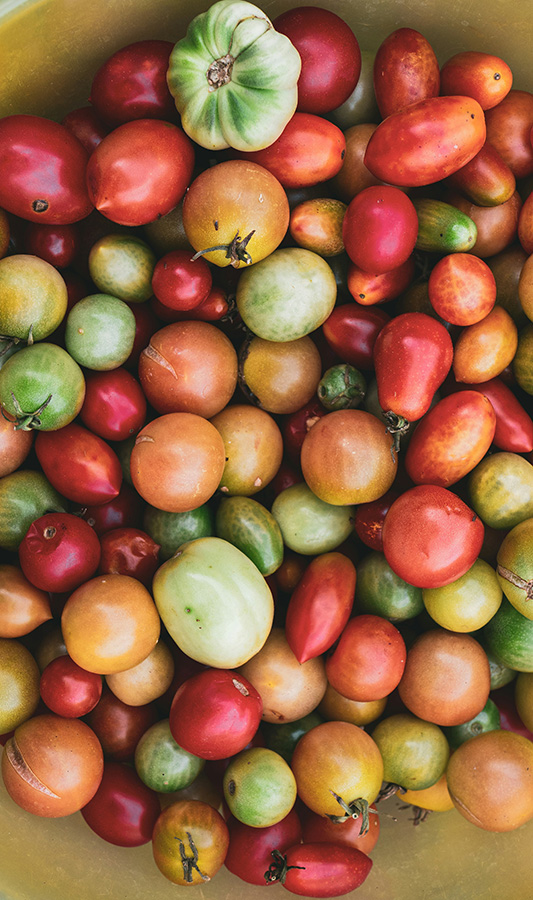
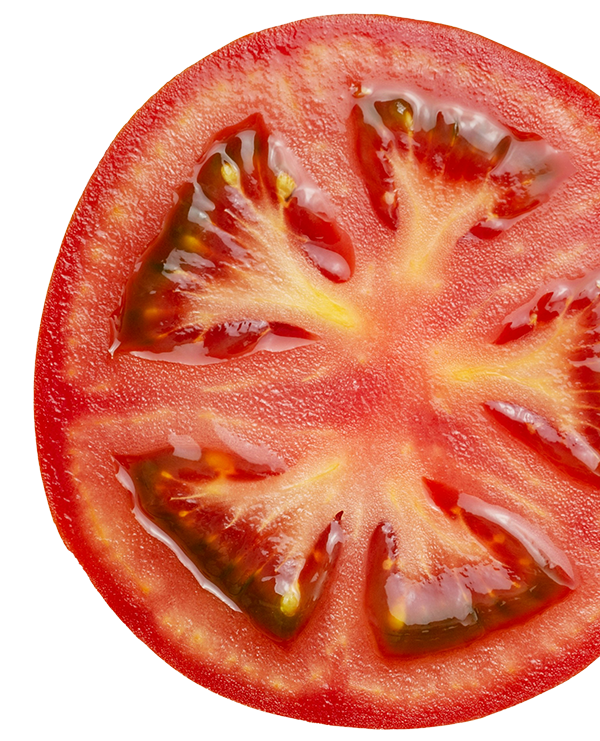
Common Problems
Cracking Fruit
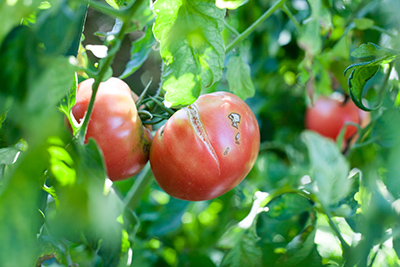
Causes
- Inconsistent moisture during fruit production.
Prevention
- Keep soil evenly moist; avoid the “let it dry completely, then soak” routine
- Water deeply
- Mulch around the roots
Blossom End Rot
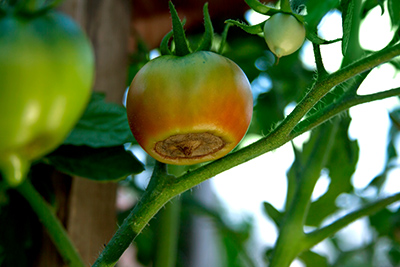
Causes
- Low calcium levels in soil
Prevention
- Ensure fertilizer contains calcium
- Supplement with bone-meal at planting
Treatment
- Remove affected fruit
- Apply a calcium supplement or spray
Hornworms
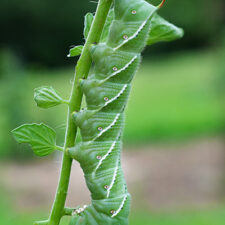
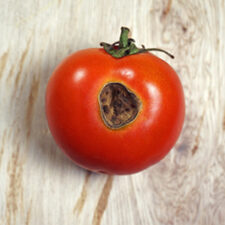
Treatment
- Remove by hand
- Use a BT (Bacillus Thuringiensis) based spray
If you are experiencing these or any other problems, please see our Garden Pharmacy department, at any of our locations, for help in identifying the issue and finding the best solution.
Walnut Toxicity
Be aware of planting near walnut trees!
- Walnut trees excrete a chemical (juglone) that inhibits the growth of many plants,
including tomatoes. - No treatment available; the best practice is to plant tomatoes at least 50 feet away from walnut trees.
